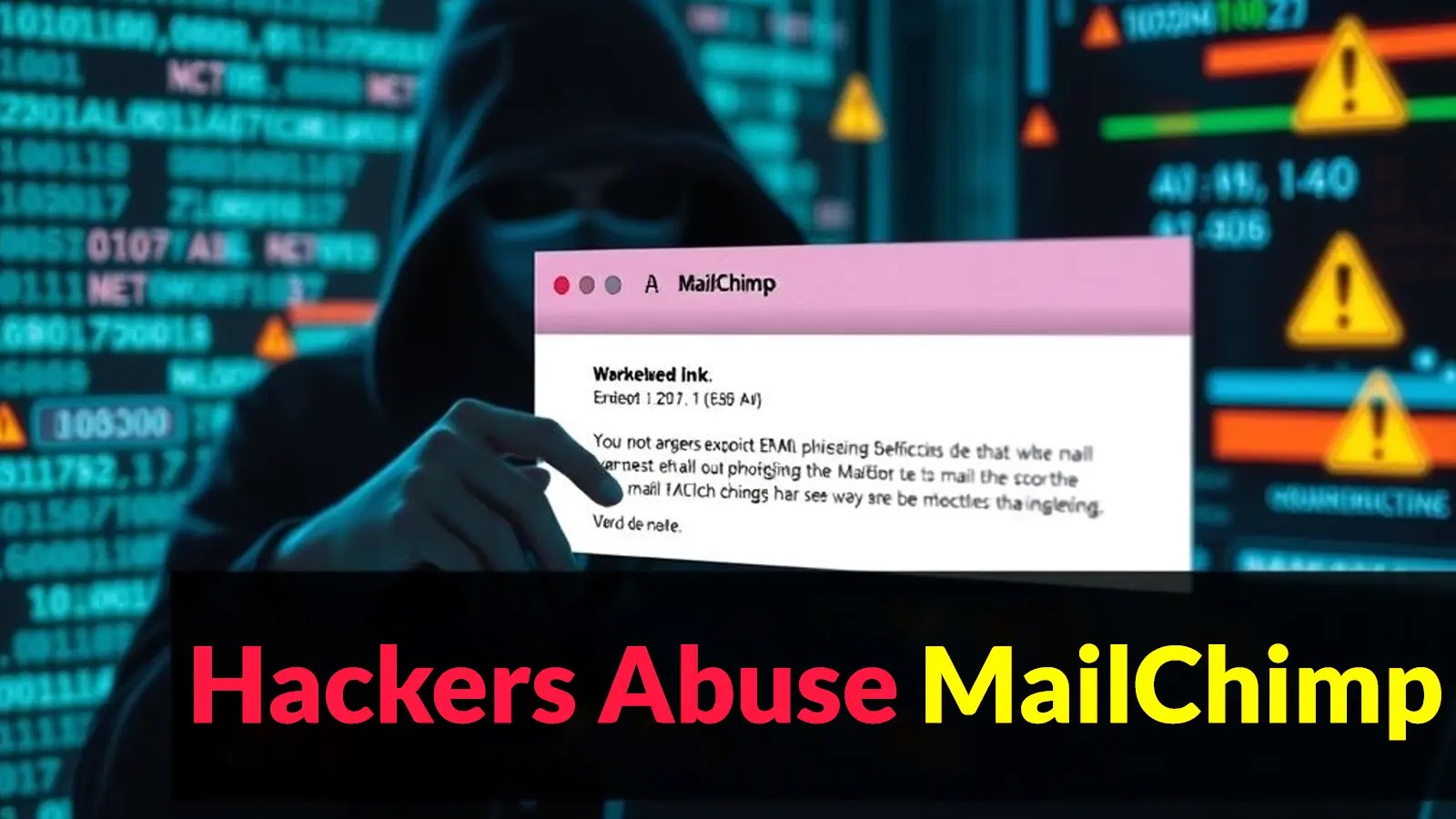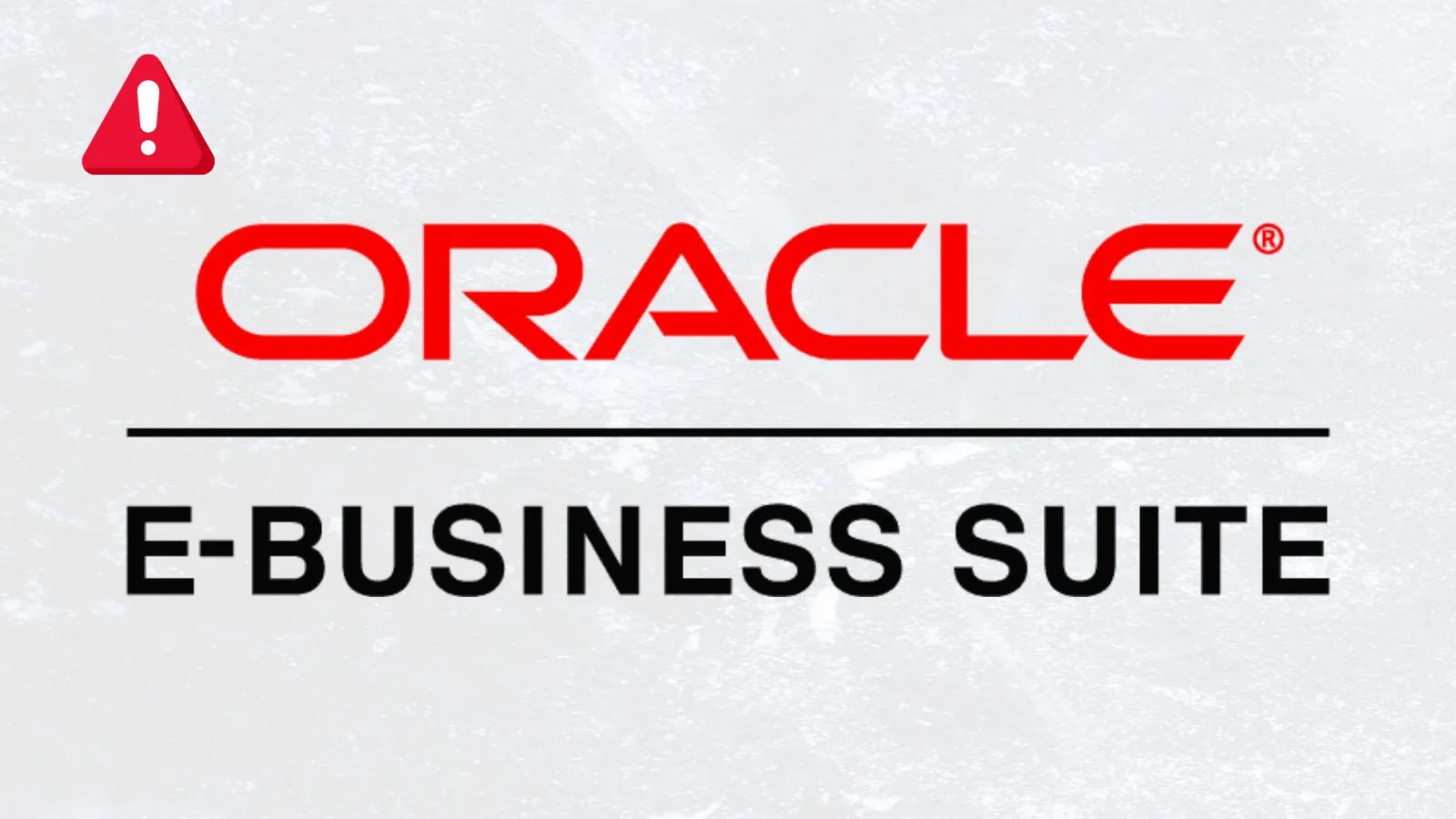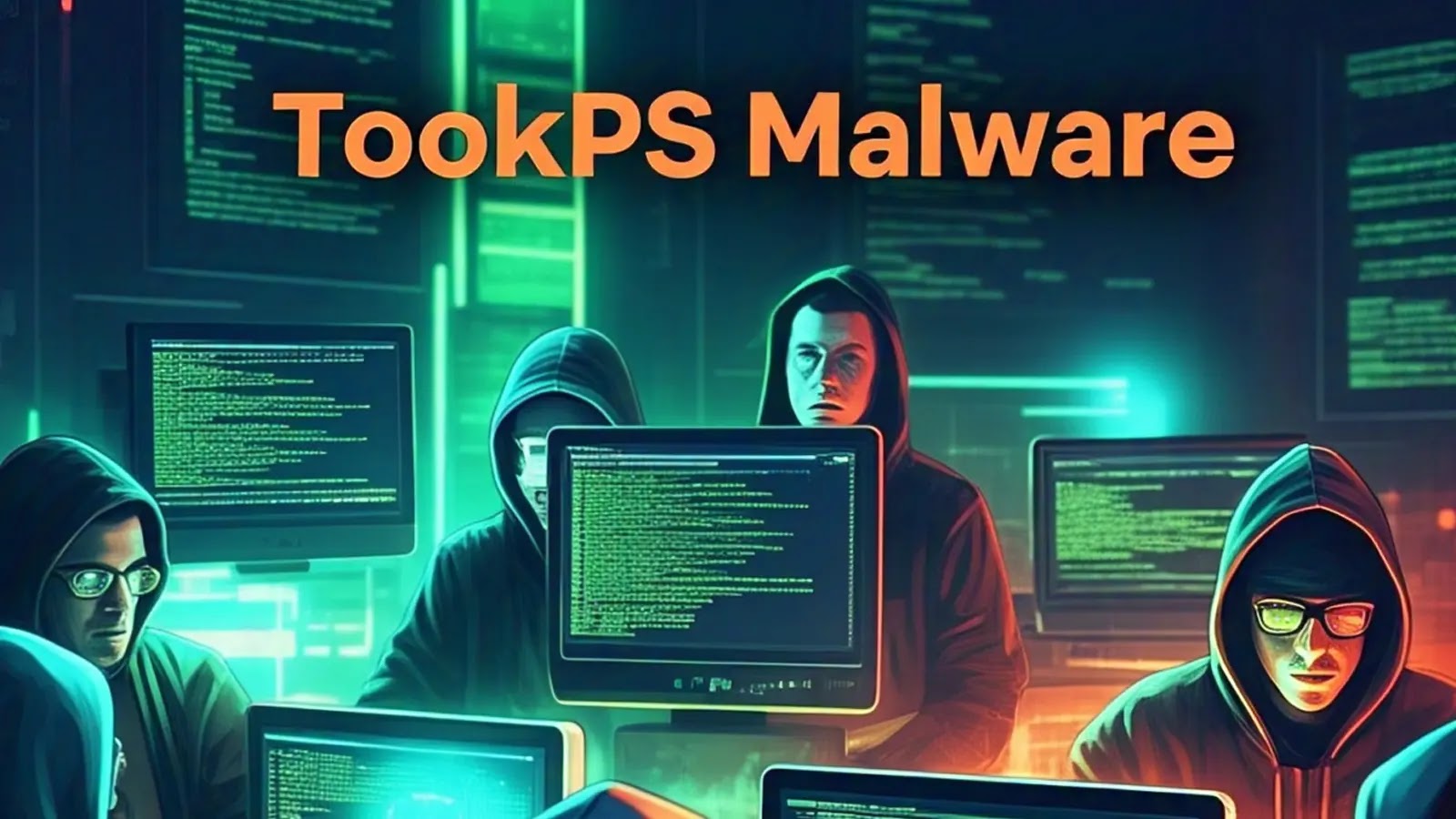In recent developments, cybercriminals have intensified their efforts to exploit Mailchimp, a leading email marketing platform, by employing advanced phishing and social engineering tactics. These malicious activities have led to unauthorized access to corporate Mailchimp accounts, exposing sensitive subscriber data and facilitating the widespread distribution of harmful content under the guise of trusted sources.
Escalation of Attacks
The frequency and sophistication of these attacks have surged, with threat actors targeting organizations across various sectors, including education, marketing, technology, and retail. Once they gain control of a Mailchimp account, attackers can disseminate malware, steal credentials, and execute further social engineering campaigns. The inherent trust in the compromised brands increases the likelihood that recipients will engage with the malicious communications.
Scope of Compromise
Recent analyses have revealed a significant number of newly infected devices containing stolen Mailchimp credentials. These are not remnants of past breaches but represent active infections that put sensitive accounts at immediate risk. Geographically, the attacks have been notably concentrated in countries such as Brazil, France, and India, each accounting for a substantial portion of the compromised accounts.
Implications of Unauthorized Access
Gaining access to a Mailchimp account provides attackers with several advantages:
– Access to Subscriber Lists: Attackers can obtain comprehensive lists of subscribers, including their contact information.
– Mass Email Distribution: They can send large volumes of emails from a domain that recipients recognize and trust.
– Impersonation of Reputable Organizations: This access allows for convincing impersonation of legitimate entities.
– Insight into Marketing Strategies: Attackers can glean valuable information about an organization’s marketing tactics.
This combination creates a potent platform for launching highly convincing secondary attacks.
Bypassing Multi-Factor Authentication
A particularly concerning aspect of this campaign is the method by which attackers circumvent multi-factor authentication (MFA) protections. Instead of attempting to crack login credentials, cybercriminals deploy specialized infostealers that target authentication cookies stored in browsers. Once extracted, these session cookies allow attackers to impersonate legitimate user sessions, effectively bypassing the need for passwords or second-factor verification. This session hijacking technique renders traditional MFA ineffective, as the authentication workflow is never triggered, allowing the attack to remain undetected until suspicious account activity is noticed, by which time sensitive data may already be compromised.
Recommendations for Organizations
Organizations utilizing Mailchimp should take immediate action to mitigate these risks:
– Review Account Access Patterns: Regularly monitor and analyze account access logs for unusual activity.
– Implement Session Timeout Policies: Set strict session timeouts to reduce the window of opportunity for attackers.
– Enhance Endpoint Protection: Deploy advanced endpoint protection solutions capable of detecting and preventing infostealer malware before it can exfiltrate cookies.
By adopting these measures, organizations can strengthen their defenses against these sophisticated phishing attacks and protect their sensitive data from unauthorized access.



